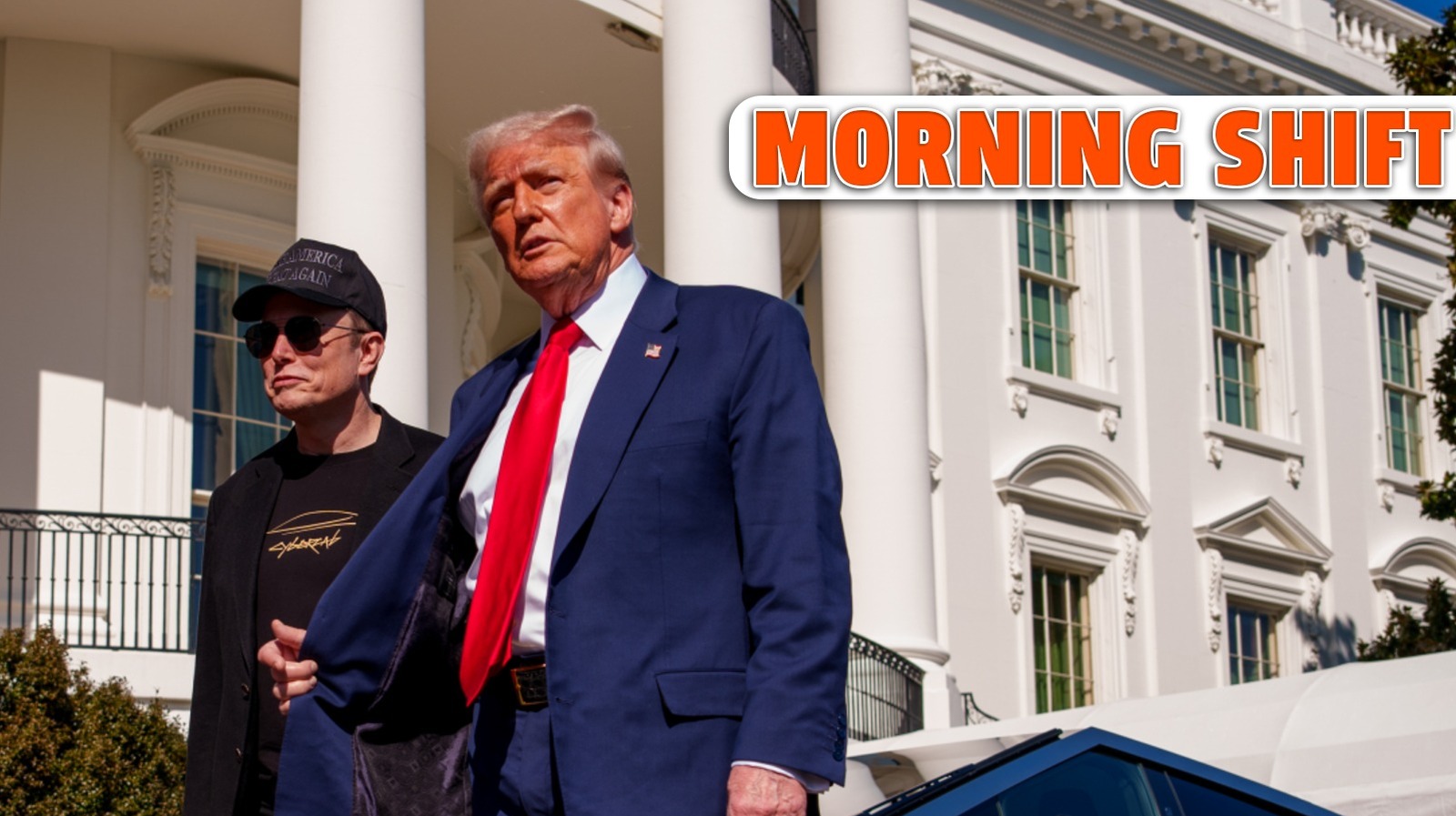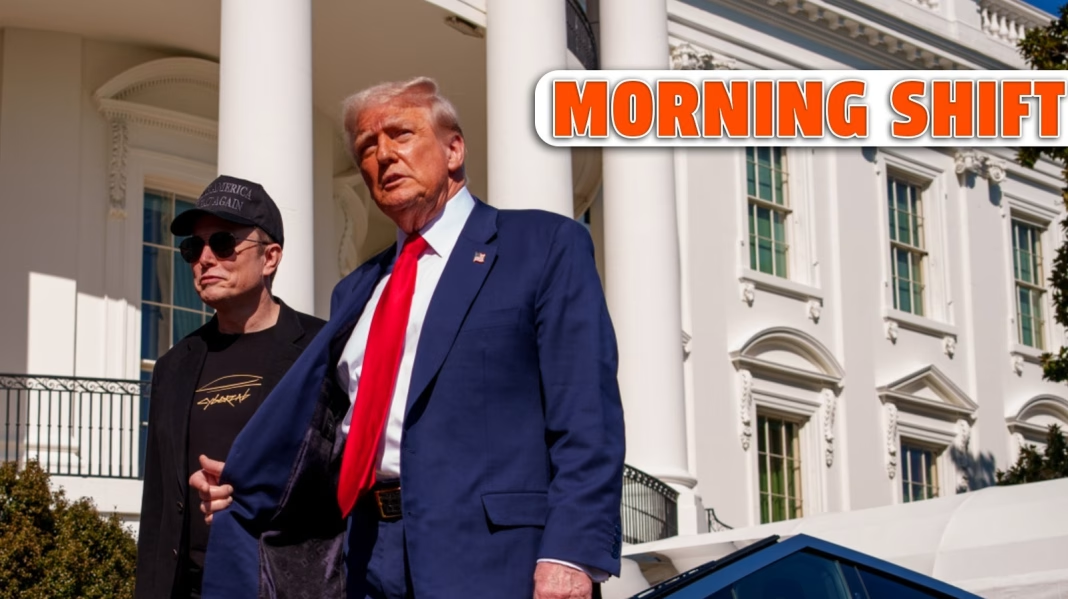How Trump’s Trade Deals Boost Tesla and Challenge Subaru
Trade deals can feel like a complex web of negotiations, tariffs, and economic strategies. But when you break it down, the impact can be quite tangible for specific companies. Let’s dive into how Trump’s trade policies have created a favorable environment for Tesla while simultaneously posing challenges for Subaru.
What’s in the Trade Deal for Tesla?
Tesla has found itself in a sweet spot thanks to certain trade agreements. The tariffs imposed on imported vehicles from China have made it more challenging for foreign automakers to compete in the U.S. market. This is where Tesla shines. As an American manufacturer, Tesla benefits from these tariffs, allowing it to maintain a competitive edge.
Moreover, the trade deal has opened up opportunities for Tesla to expand its operations. With the U.S. government pushing for more domestic production, Tesla has ramped up its manufacturing capabilities in the States. This not only aligns with the administration’s goals but also positions Tesla as a leader in the electric vehicle (EV) market. The company’s gigafactories are a testament to this growth, enabling it to produce batteries and vehicles at scale, which is crucial for meeting the rising demand for EVs.
The Numbers Speak: Tesla’s Growth Trajectory
Recent data shows that Tesla’s sales have surged, with a reported increase of over 50% in deliveries year-over-year. This growth can be attributed, in part, to the favorable trade environment. With fewer competitors able to offer similar products at competitive prices, Tesla has captured a significant share of the market.
Additionally, the company’s focus on sustainability and innovation resonates with consumers, further solidifying its position. The combination of supportive trade policies and a strong brand identity means Tesla is not just surviving; it’s thriving.
What About Subaru?
On the flip side, Subaru is feeling the pinch from these same trade deals. Unlike Tesla, Subaru relies heavily on imports, particularly from Japan. The tariffs on imported vehicles have made it more expensive for Subaru to bring its cars into the U.S. market. This has led to increased prices for consumers and a potential decrease in sales.
Subaru’s unique selling point has always been its all-wheel-drive vehicles, which are particularly popular in regions with harsh weather conditions. However, with rising costs, the company faces a dilemma: pass on the costs to consumers or absorb them and risk squeezing profit margins.
The Impact of Tariffs on Subaru’s Bottom Line
Recent reports indicate that Subaru’s sales have stagnated, with some models seeing a decline in demand. The increased cost of importing vehicles has made it difficult for Subaru to maintain its competitive pricing. While the brand has a loyal customer base, the economic landscape is shifting, and consumers are becoming more price-sensitive.
Subaru is also exploring ways to mitigate these challenges. The company has been investing in local production facilities to reduce reliance on imports, but this transition takes time and resources. In the meantime, the trade policies continue to pose hurdles for Subaru’s growth in the U.S. market.
Navigating the Trade Landscape
For both Tesla and Subaru, the current trade landscape presents unique challenges and opportunities. Tesla is capitalizing on the favorable conditions to expand its market share and innovate, while Subaru is grappling with the implications of increased costs and competition.
As the automotive industry continues to evolve, it’s clear that trade deals will play a significant role in shaping the future of these companies. For consumers, this means more choices in the EV market, but it also highlights the complexities of global trade and its impact on everyday purchases.
The big takeaway? Trade deals aren’t just about numbers and policies—they directly affect the cars we drive and the prices we pay. Keep an eye on how these dynamics shift, as they could influence your next vehicle purchase.


